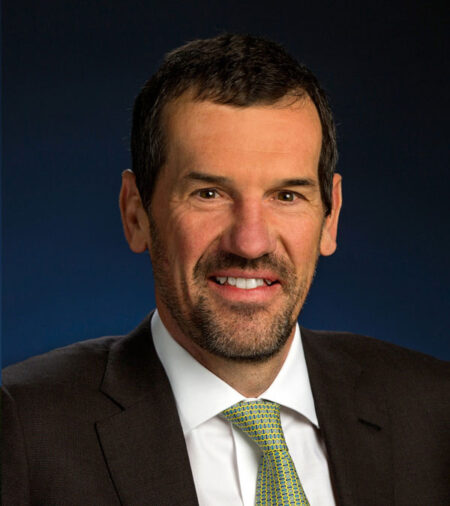
By Neil Wilmshurst
Senior Vice President, Energy System Resources, and Chief Nuclear Officer
Electric Power Research Institute (EPRI)
The clean energy transition is upon us. Energy companies, national labs, research universities, and other organizations are acting upon plans to reach net zero carbon emissions to meet global goals and timelines. Having made notable progress in reducing emissions, the energy sector is bringing along, and in fact will serve as the backbone to support, the transportation and industrial sectors in reducing emissions.
The extreme changes in our climate have made it clear, we need to act. Members of the energy sector have been meeting, talking, collaborating, and planning for years- and the time has come to do. We learn and adjust by doing.
Much the same can be said of developing new mechanical engineers. Those of us in the economic sectors whose future success depends upon having a lot of them have been talking about the need for diversity and equity in engineering education and outreach for years. ASME, the ASME Foundation, and other educational organizations understand the need for tools like tailored educational programs, targeted scholarships to students of color and women, creative fellowships, and global innovation that demonstrates the critical role that engineering plays in sustainability solutions worldwide.
My organization, EPRI, is a 50-year-old nonprofit research institute with a mission to deliver independent, objective thought leadership and industry expertise to help the energy sector move through the energy transition that benefits society. Today, 940 million people around the world do not have electricity – the same number as when Edison invented the light bulb 144 years ago. Nobody today supports the idea that developing countries need to move through the technology spectrum that developed countries have to successfully electrify. They can bypass fossil fuel-dependent energy generation and move straight to clean grid technologies as they electrify today.
With AI and virtual tools that now exist to support and distribute innovation and progress of any kind around the world, it is more efficient than ever to “leapfrog” early stage technology and learning in nearly any field. Stakeholders can lean in on the actual solutions and not the steps they took to get there.
In the energy sector—as in many other fields—there is a shared purpose in quickly scaling those new technologies that will benefit society at a reasonable cost. We need to consider engineering education similarly—it simply takes too long to produce a productive and contributing new employee across the sectors that desperately need them to advance.
New engineering students today don’t need to hear about everything I have learned since 1974, but stakeholders that depend upon new talent need to understand their motivations and goals as we focus on and improve the curriculum they need to perform in today’s jobs. When we understand what works in one part of the world, we need to apply it globally rather than make every part of the world go through the same learning curve to arrive at the same place.
ASME’s name starts with “American”, yet ASME serves 25,000 students in 135 countries. Founded in 1880, ASME would not be successful if it clung to the approaches and values from nearly 150 years ago. An agile and expert organization, the ASME Foundation is at the table to do. Do we talk and plan? Yes. Are we mindful of past history and the steps required to get from then to now? Of course. But to get from here to where we must go, we are focused on the activities needed on the ground today to successfully bring more curious and intellectually questioning youth to the engineering fields in the most efficient and productive way possible while continuing to feed their imaginations and desires to excel.